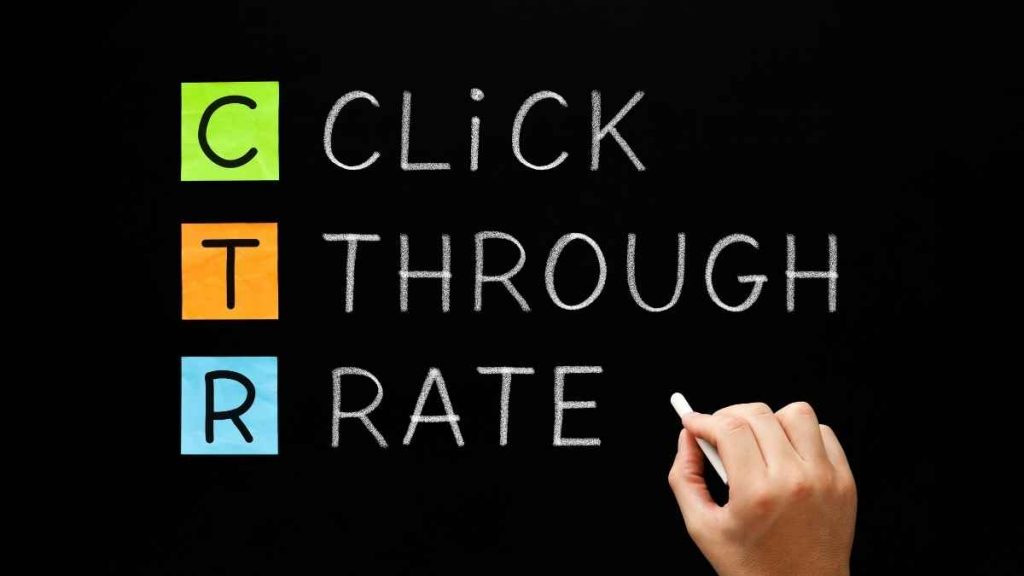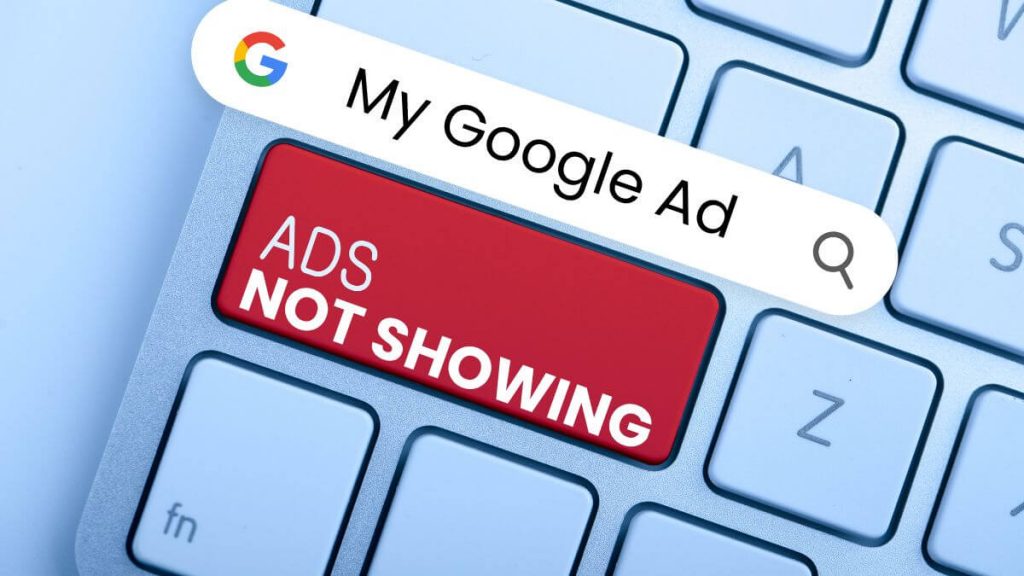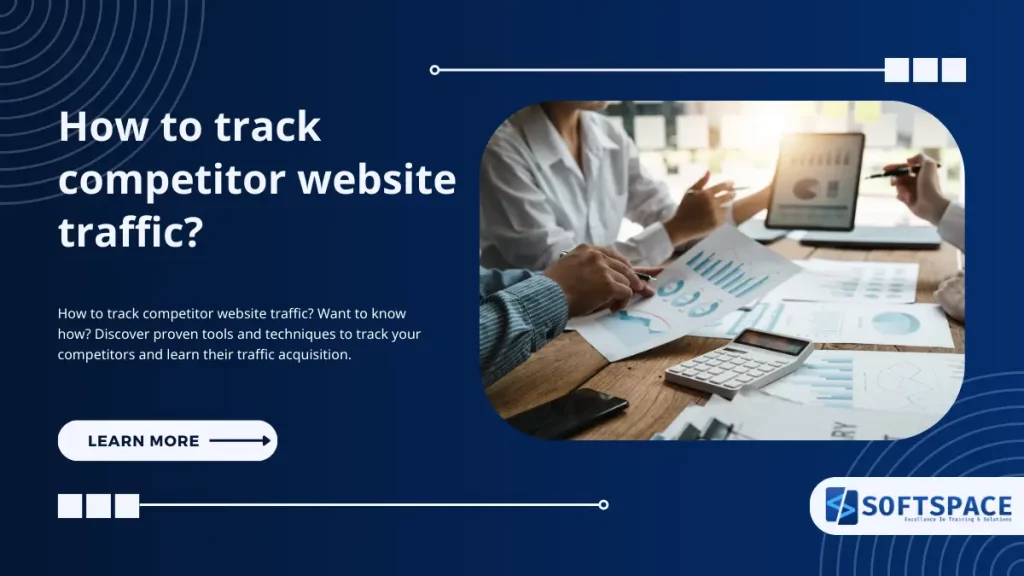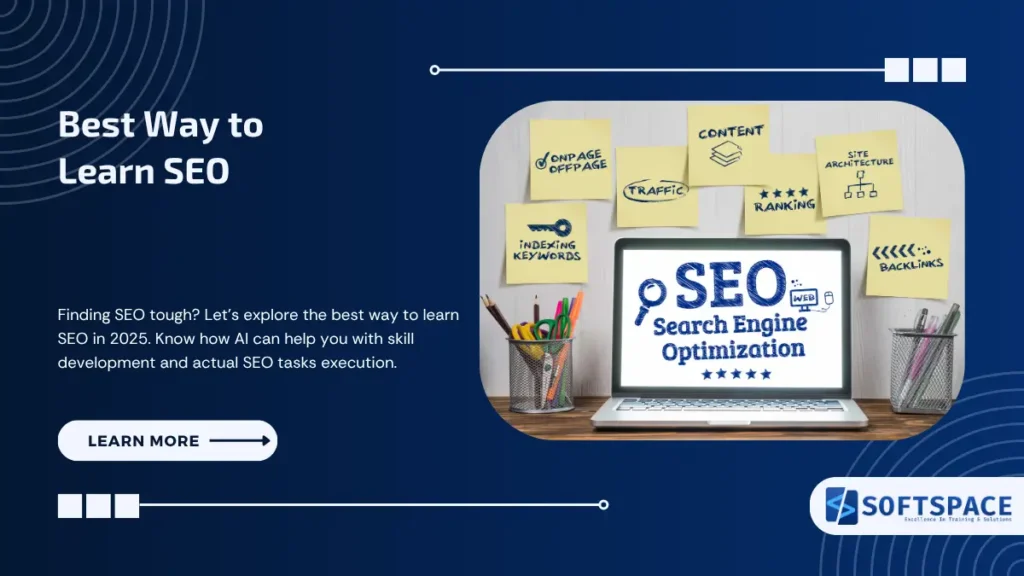Imagine! You launch a Google Ads campaign and quickly discover that no impressions or clicks are being generated. Your ad is probably not even being seen.
Before you start freaking out, keep these things in mind: It isn’t a big concern if your Google Ad is not showing. There are a few possible causes, and diagnosing the problem isn’t difficult because the platform guides you through the process.
There’s probably a legitimate reason your Google Ad is not showing, and you can find the probable cause here:
Missing Match Types.
It would appear that the keywords you provide correspond to the terms you want to appear for. However, Google does not treat them in this manner. There are four ways to specify how your keywords will be matched:
- Broad Match.
- Broad Match Modified.
- Exact Match.
- Phrase Match.
You set your prices too high or too low.
As you may be aware, each of your Google Ads campaigns needs a daily budget. If the highest cost-per-click (CPC) bid you set for a keyword is more than the campaign’s budget, your advertisements will not appear for searches that match that keyword.
Make sure there are no discrepancies between campaign budgets and keyword bids in your account.
The quality score for the keyword you’re competing on, as well as the bid itself, determines your ad position in a given auction. You can utilize bid simulators in the Keywords area of your Google Ads account to estimate the impact of boosting your bids by different amounts.
If you’re struggling with ads, a Google and Online Ads Course can help you master match types, bidding strategies, keyword optimization, and budgeting. Learning structured best practices ensures your campaigns run smoothly from the start.
You did not select the proper keywords.
If a keyword you’re targeting receives little to no monthly search traffic, the advertising you’ve linked to it may be ineligible to appear. When Google detects that you’re targeting a low-volume term, it will temporarily deactivate the keyword in your account. This might be the reason why your Google ad is not showing.
Google will automatically react to the keyword if the search traffic increases to a suitable level.
Waiting for the volume to increase isn’t a good idea from a tactical one, though. It would help if you tried to locate a similar term with significant volume using Google’s Keyword Planner.
Not targeting or scheduling them properly.
You set an advertising schedule for each of your Google Advertisements campaigns in the same way you set a budget for each campaign, allowing you to tell Google which days of the week and hours of the day you want your ads to appear. Ensure your ads aren’t planned too tightly under the Ad Schedule tab of the campaign you’re concerned about.
Negative keywords are denying active keywords.
Negative keywords can be configured at the ad group and campaign levels to prevent your ads from matching irrelevant queries. It’s possible that your Google ad is not showing because negative keywords are cancelling out active keywords.
Your click-through rate is too low.

The click-through rate—the rate at which your advertising converts impressions into clicks—is one last argument for why your Google ads aren’t appearing. The CTR of your ad, in practical terms, reveals how appealing it is to your prospects.
If your ad’s CTR is high, it suggests your message resonates well with users; if it’s low, it means the reverse is true.
Google rewards advertisers who create ads that resonate with users. As a result, the lower your CTR for a given ad (or keyword), the poorer your performance in the ad auction will be. If you want your ad to show up in front of your prospects more often, you need to produce material that captures their attention and makes them want to click.
Your ad copy isn’t optimized.
Building focused ad groups isn’t the only way to make sure your ads are relevant to your prospects’ search queries; optimizing your ad copy is just as vital. Thankfully, this is a little easier than optimizing your ad group structure.
In a nutshell, optimizing an ad for high rankings in paid search results entails including your target term in the material.
Using your target term in your ad copy, you’re telling Google that your ad is relevant to the user’s search query.
Your landing page isn’t relevant.
Google considers the relevance of your landing page and the relevance of your ad copy when determining whether you deserve to rank highly in paid search results.
In other words, if your landing page fails to assist people in accomplishing their goals—as shown by the intent behind their search queries—you will perform poorly in the ad auction.
Conclusion
It can be irritating and puzzling to discover that your Google ad is not showing, and it can send any advertiser into panic mode. Instead of letting stress get the best of you, remember that there’s a reason for everything, and fixing it is probably easier than you think. Learn how to use Google Ads and start experimenting.
Make sure to connect your ads to a unique, relevant post-click landing page once you’ve completed the essential steps to get them up and running and accumulating impressions.

13+ Yrs Experienced Career Counsellor & Skill Development Trainer | Educator | Digital & Content Strategist. Helping freshers and graduates make sound career choices through practical consultation. Guest faculty and Digital Marketing trainer working on building a skill development brand in Softspace Solutions. A passionate writer in core technical topics related to career growth.



